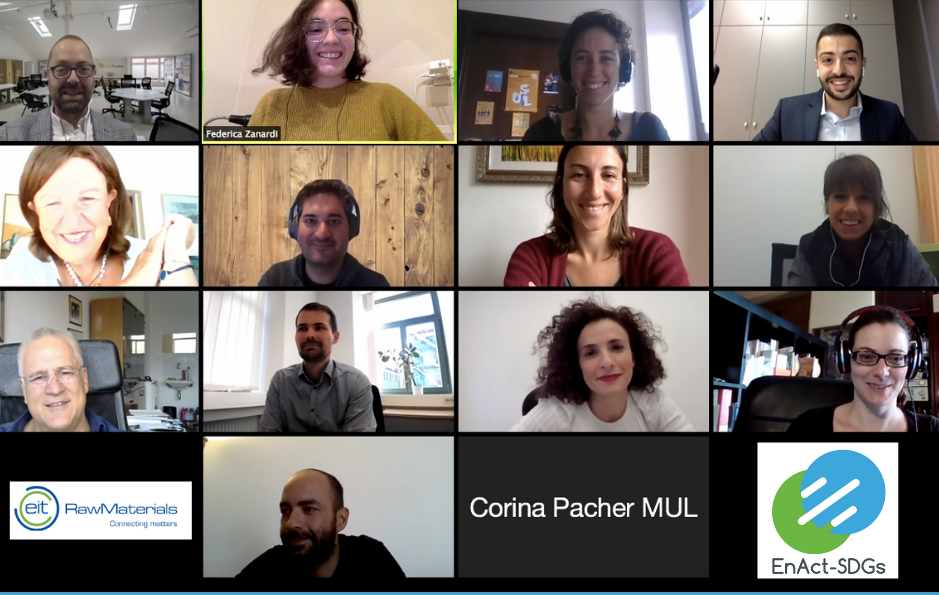BIOLEACH
BioLoeach is a new innovation KAVA project, led by doc. Ing. Martin Sisol, PhD, Faculty of Mining, Ecology, Process Control and Geotechnologies of the Technical University of Košice.
The aim of the BioLeach innovation project is also related to greater utilisation of local sources. Effective bacteria can be used industrially for treatment of metallic raw materials to extract critical raw materials, rare-earth elements and metals, but also for the treatment of non-metallic raw materials, whose commercial value is decreased by impurities limiting the area of their application. Therefore, the BioLeach project will test and evaluate local minerals as new potential sources, whose increased industrial value was obtained by bioleaching.
The EIT RawMaterials funded project brings together universities, research institutions and industrial enterprises from eight European countries. Furthermore, the ekolive s.r.o. start-up supported by EIT RawMaterials is also involved in the flexible application of bio-solutions to local mineral deposits.
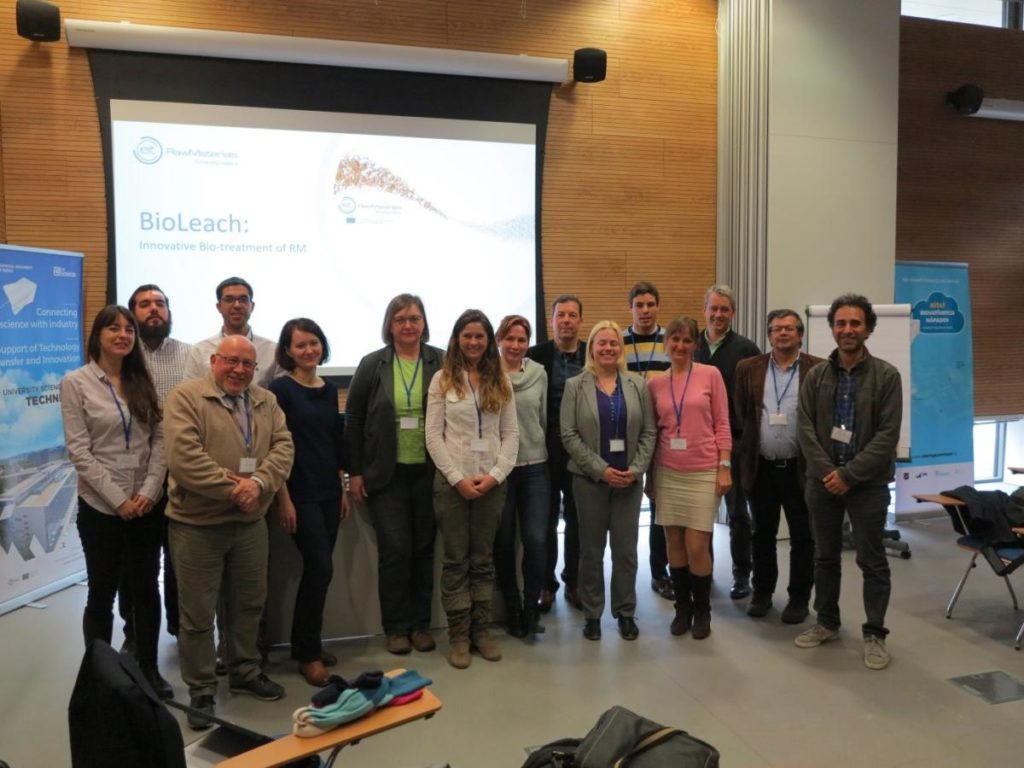
MineTALC
MineTALC is a major international project from EIT RawMaterials, led by our Technical University in Košice. Its partners in solving the project are several European universities (AGH University of Science and Technology, University of Miskolc, Lappeenranta-Lahti University of Technology) and companies (EuroTalc, euroMinerals, BASF, DMT, Metso) dealing with the problem.
The project has a total budget of € 9.7 million, with total EIT RM funding of € 2.76 million.
The project will operationally validate (TRL 9) a breakthrough mining and backfilling system enabling economically viable, environmentally sustainable and socially accepted mining of mineral resources from low and medium strength deposits. The system will integrate three innovated technologies ready for market launch (used separately or as a comprehensive mining and backfilling system):
1. Mining and multi-layered (combination of solidified and non – solidified backfill layers with different properties) core backfilling technology combining solid backfill mixtures and binder paste backfill, enabling economical extraction of low and medium strength deposits.
2. Closed flotation circuit as a highly versatile mineral separation aiming for zero-waste operation
3. Innovative prediction model of spatial mineralization distribution and other geological phenomena showing the best mineralisation sites and determining the extraction technology by a comprehensive analysis of the critical mineral exploitation factors
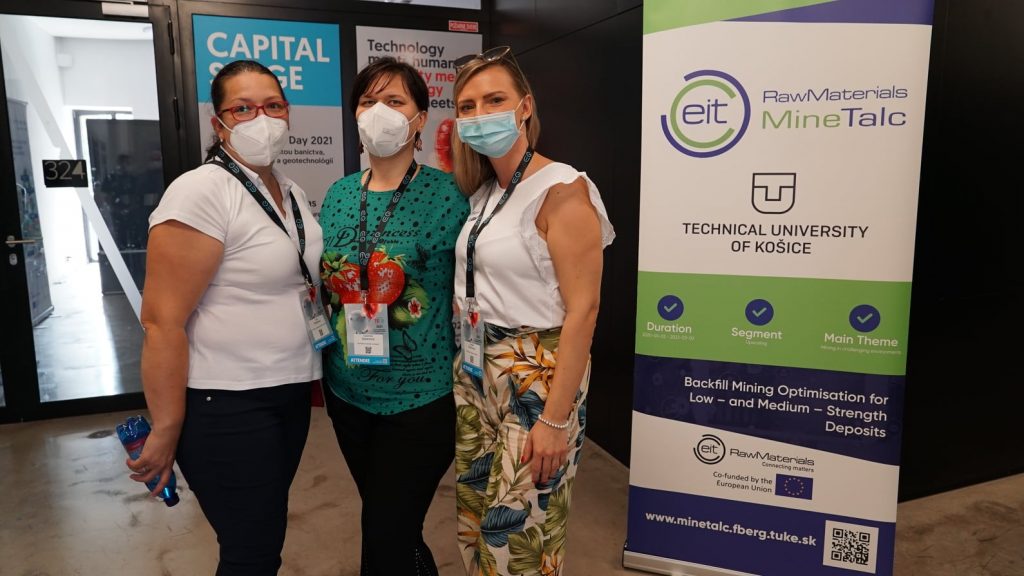
RM@Schools-ESEE
RM@Schools‐ESEE isfocussed on an innovative programme to make the science education and careersin RM attractive for young students, especially in the ESEE region. An active learning approach will be proposed to schools by RM Ambassadors (experts in some RM‐related issues and trained teachers) by involving students in experiments with RM‐related hands‐on educational kits, in excursions to industries, and in science dissemination activities.
The students will be asked to become the Young RM Ambassadors themselves, by creating dissemination products and/or collaborating with experts during public events. Groups of delegates (partners, teachers and students from high schools) from all partner‐countries will take part at the annual European Conference jointly organised with RM@Schools 3.0 project, to establish a unique great European network of schools, universities, research centres and collaborative companies.
New tools for supporting experimental activities at schools will be set up and developed, while simultaneously using successful educational tools realised in other projects. Finally, some career orienting actions will be performed both at European and local level.
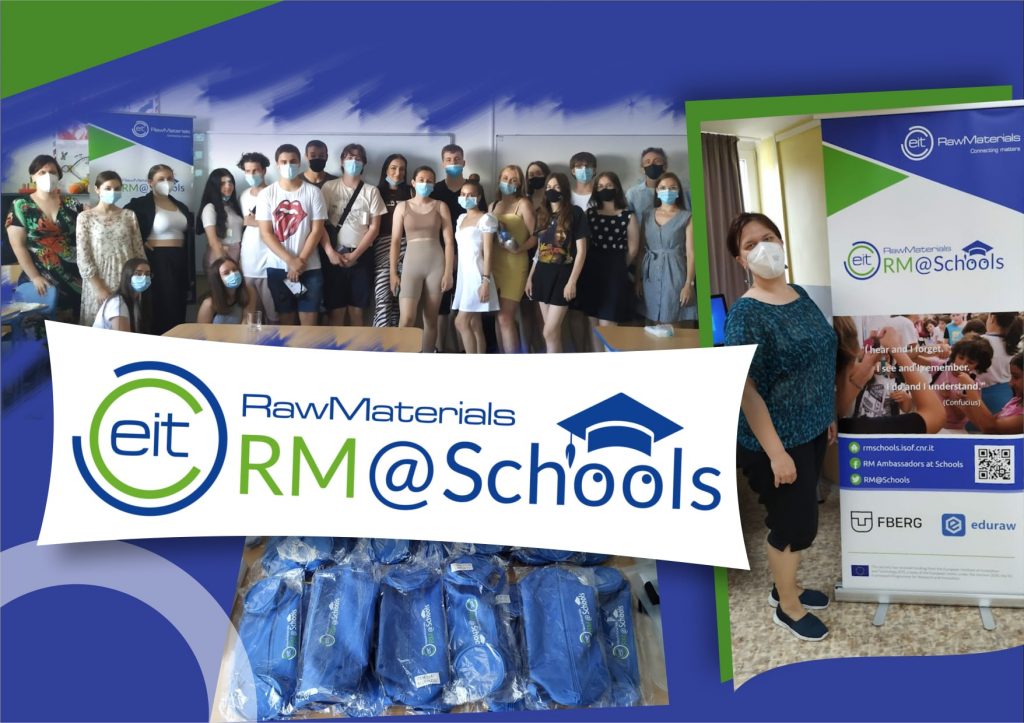
RMs Manager. Raw Materials Manager Course
RMsManager is a project co-financed by EIT RawMaterials, aimed at creating a new educational program for future managers in the fields of management, sustainable development, efficient use of resources and the circular economy.
A wide range of activities – lectures, workshops, camps will be transferred from developed to RIS countries. This will give students the opportunity to expand their knowledge to find a suitable job for their special talent in the minerals sector.

Dubrovnik International ESEE Mining School
This training project is developed in close collaboration with the national industrial partners of all participating countries and will aim to gain in-depth knowledge of advanced methods and technologies relevant to the mining industries, in which further training is essential for the mining sector.
Based on their diverse experiences, the project partners identified eight active mining regions in the consortium countries and accompanying key national industrial partners.
Within the WP1 group, the industrial partners play an important role – they adapt the pre-selected annual theme of the ESEE DIM through questionnaires and seminars for the Industrial Academy, which are located in the identified active mining regions.
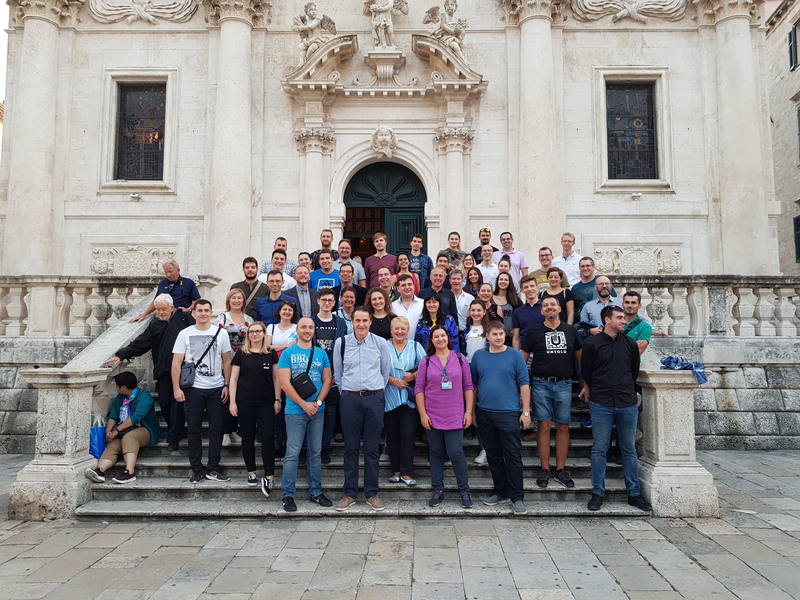
The Briefcase and 3D Briefcase
The Briefcase Project aims to foster such connections and understanding among primary and secondary students by providing engaging educational materials that teach about the role of minerals and mining in daily life and related social and economic issues.
Using an innovative method, it teaches students ranging from 6 to 14 years of age to identify minerals they use in their everyday lives and encourages them to reflect on issues like conflict minerals, consequences of purchase decisions and sustainability of mining operations, as well as the importance of recycling and climate change.
Current development is underway to create a 3D/Augmented reality Briefcase called 3DBriefcase in order to attract older students and encourage the general public to visit museums and science centres.

EnAct-SDG
The RM education in the ESEE region needs to be modernized, moving forward from the existing curricula and academic practices towards the Innovation and Sustainable Development of the sector.
The consortium will cooperate in order to develop an Action Plan that will act as a driver to modernize the RM education practices to ensure the incorporation of the Sustainable Development principles in the educational programmes of the ESEE Universities, strengthen the skills and increase the capacity of University graduates and RM professionals.
The main objective is to reach the undergraduate students related to RM (preferring those who have additional international educational and experience) and to develop their knowledge.
